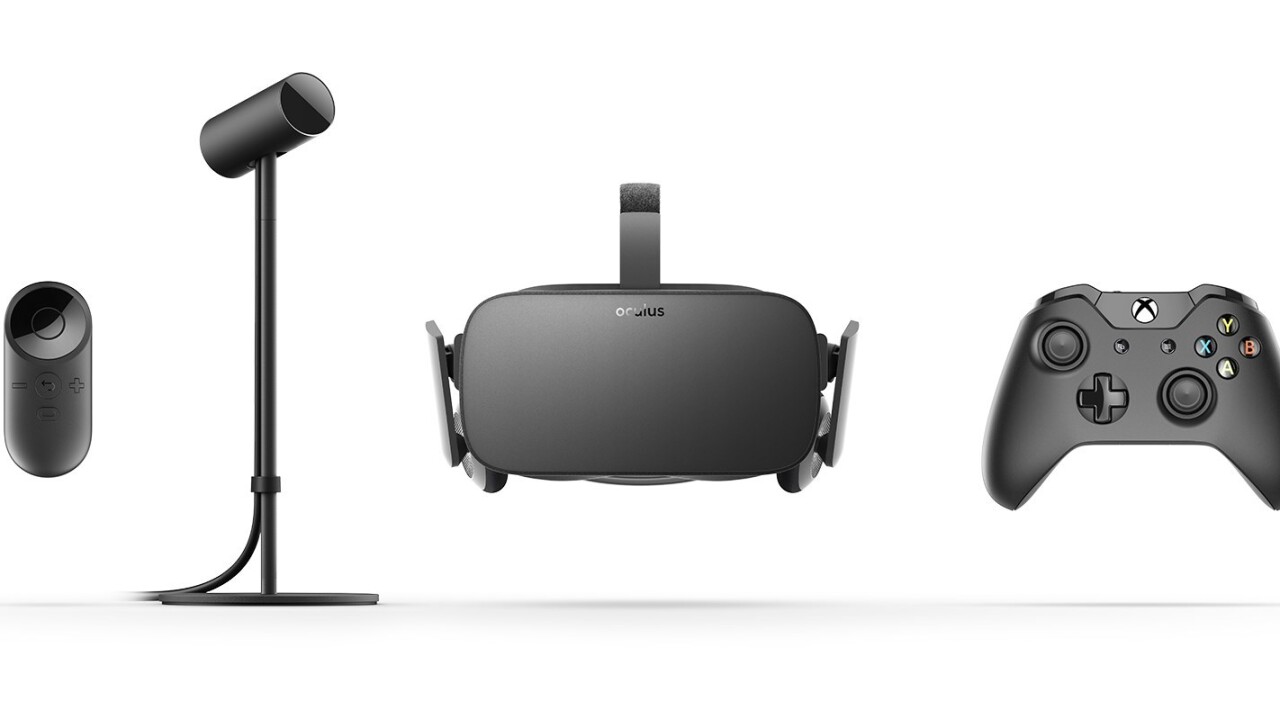
As if PC-based VR headsets like the $600 Oculus Rift and the $800 HTC Vive weren’t already fairly expensive to begin with, they also require pricey high-end computers to power them – raising the cost of entry to roughly $2,000 at least.
Oculus wants to change that with its new tech, which will allow its headset to deliver graphics-intensive VR experiences with lower-end PC hardware than it previously required.
The company says its Asynchronous Spacewarp (ASW) technique for frame-rate smoothing nearly halves the CPU/GPU time required to produce nearly the same output from the same content.
It works by generating extrapolated frames from previous frames from the VR app you’re running, ensuring a smooth experience even if the software falls behind the display’s frame rate. Plus, it’ll automatically engage whenever the VR app needs extra time for rendering.
That means you can run VR games and experiences with AMD RX 400 series cards (which start at about $120) or Nvidia 900 or 1000 series GPUs. The Rift and Vive previously required at least an NVIDIA GTX 970 or AMD Radeon 290 GPU, which can cost upwards of $315.
That should delight owners of previous-generation GPUs who want to give VR a try. However, it’s worth noting that this is mostly just a stopgap solution for lower-end machines; a top-of-the-line rig will still give you a better experience, and won’t rely on ASW at all to render frames.
Via Engadget
Get the TNW newsletter
Get the most important tech news in your inbox each week.





